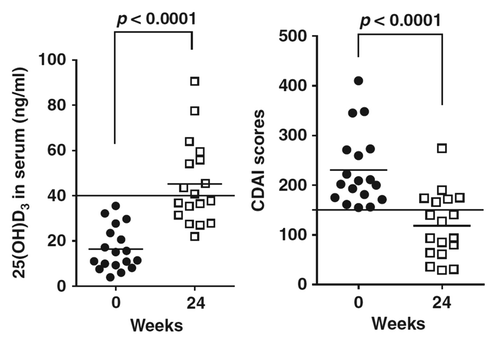Figures & data
Figure 1. Vitamin D in its hormonally active form, 1α,25-dihydroxyvitamin D is not only a regulator of calcium and phosphate homeostasis, but has numerous nonskeletal functions effects. 1α,25(OH)2D manifests its diverse biological effects (endocrine, autocrine, paracrine) by binding to the vitamin D receptor (VDR) found in most body cells. It is estimated that VDR activation may regulate directly and/or indirectly more than 200 genes, including genes responsible for the regulation of cellular proliferation, differentiation, apoptosis, and angiogenesis.Citation135
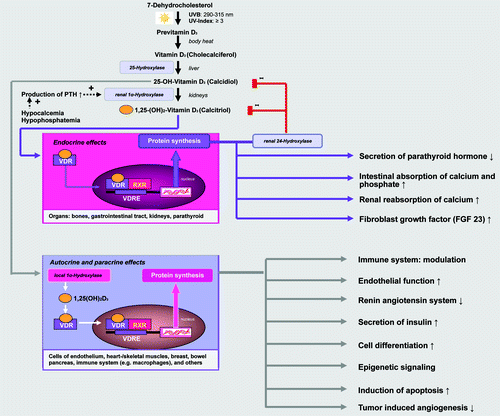
Figure 2. 25(OH)D levels are dose-dependently associated with a robust reduction in all-cause mortality in subjects with the metabolic syndrome. Metabolic Syndrome and Kaplan-Meier plot for all-cause mortality according to 25(OH)D groups in those with the metabolic syndrome. Log-rank analysis indicated a significant difference between all 25(OH)D groups (p < 0.001).Citation35
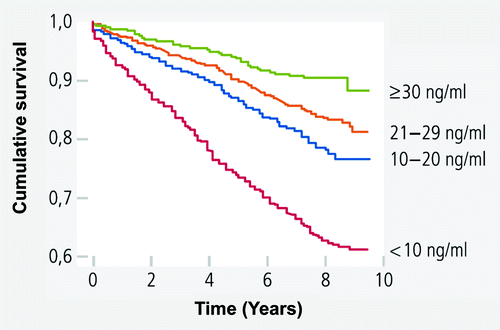
Figure 3. Vitamin D and immune system. 1α,25(OH)2D appears to influence susceptibility to and severity of infection via multiple mechanisms via the innate and adaptive immune system.Citation145
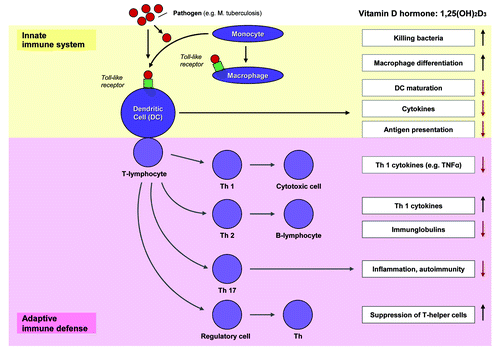
Figure 4. Respiratory tract infections and vitamin D: influence of vitamin D on respiratory diseases such as influenza A and asthma in schoolchildren.Citation39
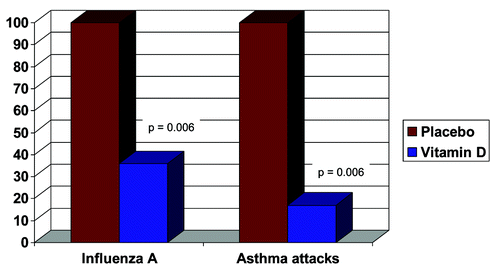
Figure 5. Vitamin D and Crohn’s disease. Twenty-four weeks supplementation with up to 5,000 IU/d vitamin D3 effectively raised serum 25(OH)D3 and reduced CDAI scores in a small cohort of Crohn’s patients suggesting that restoration of normal vitamin D serum levels may be useful in the management of patients with mild–moderate Crohn’s disease.Citation144
